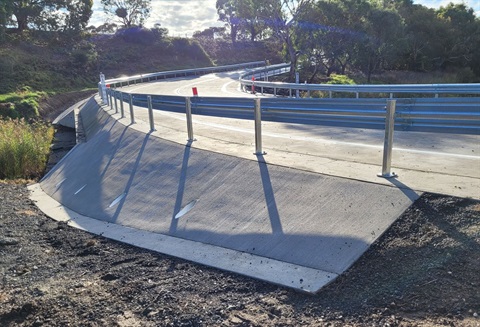A comprehensive strategy to encourage people to walk and cycle more often has been adopted by Council.
The Active Transport Strategy builds on the 2010 Cycling and Walking Strategy, and provides a coordinated and strategic approach to planning, development, management and promotion of future cycling and walking in Cairns.
The Strategy also allows Council the flexibility to deliver projects in a prioritised manner with new projects assessed at a regional level for best network outcomes.
In developing the Strategy, an interactive social engagement platform attracted 1,570 visits, 728 comments made and 1,435 tags left on the maps that identified areas of concern for the community.
The Active Transport Strategy also aligns with the Queensland Government’s Cycling Strategy 2017-2027, the recently released Walking Strategy 2019-2029, and provides a network that aligns with the Department of Transport and Main Roads’ FNQ Principal Cycling Network Plan.
Key components of the Active Transport Strategy include community and stakeholder engagement, technical design specifications, and future cycle and pedestrian network maps.
As well as potential health benefits from improving the city’s cycling and walking network, data from Department of Transport and Main Roads revealed that on average, every $1 invested in walking interventions returns almost $13 in benefits with traffic decongestion, health and environment.
Every $1 invested in cycling infrastructure returns almost $5 to Queensland in health benefits, reduced traffic congestion and other benefits.
There are more than 660 kilometres of footpaths and cycleways in Cairns, including major new routes from the CBD to Aeroglen, as well as the Redlynch and southern cycleways.








